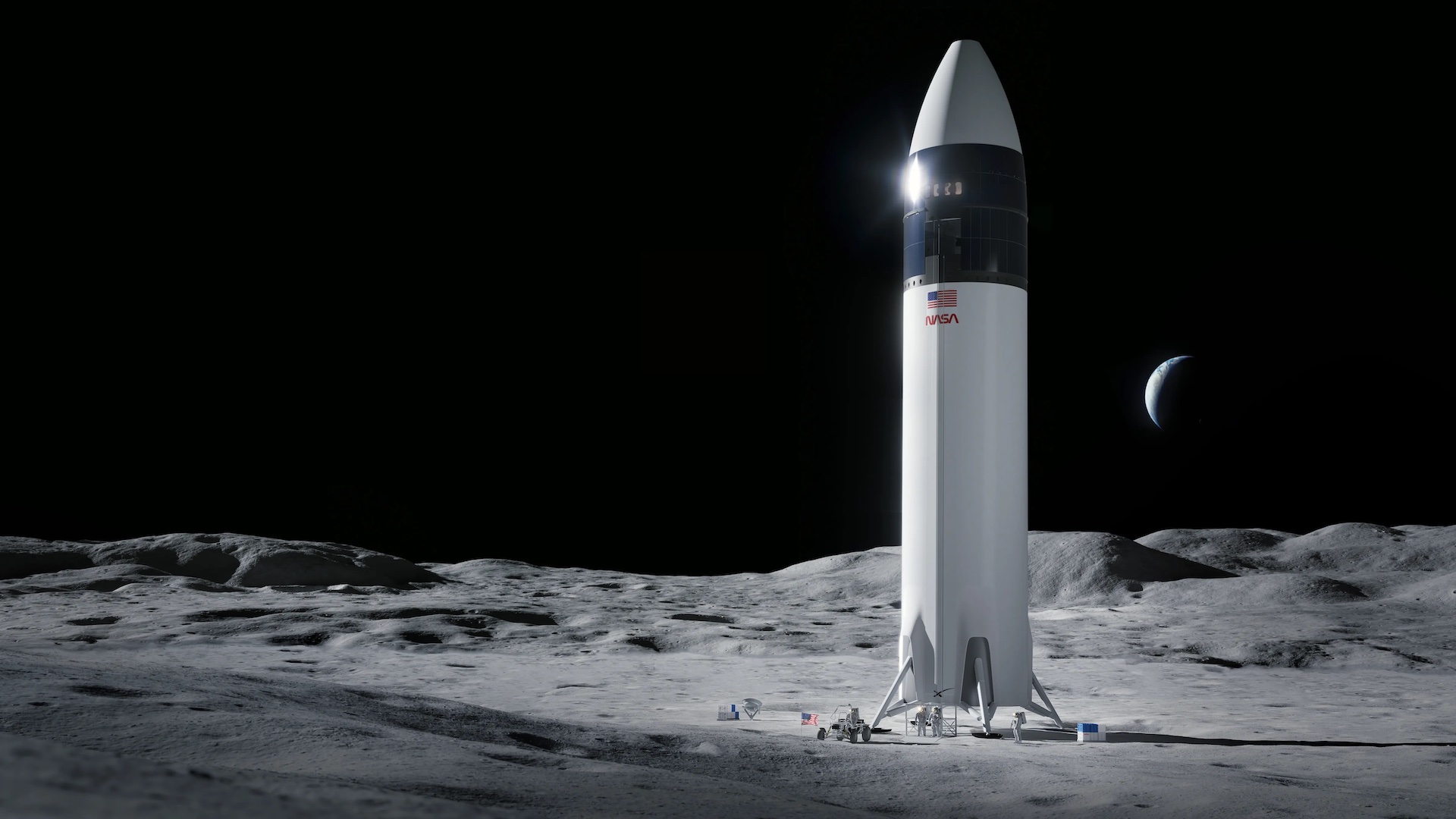
SpaceX's Starship is making significant progress towards in-space refueling technology, a crucial step for NASA's Artemis program and SpaceX's ambitions beyond Earth orbit. In March 2024, during the third Starship test flight, SpaceX successfully transferred at least 10 metric tons of liquid oxygen from a header tank to the main tank within the Starship upper stage while in space.
NASA confirmed this achievement during a recent session with NASA's Human Exploration and Operations Committee. Deputy Associate Administrator for the Moon to Mars Program, Amit Kshatriya, shared insights on SpaceX's progress towards refueling technology during the meeting.
Starship requires a ship with at least three to four weeks of endurance in orbit for fuel depot refueling. NASA and SpaceX are collaborating to ensure Starship can support NASA's lunar exploration plans under Artemis program. The next milestone is a planned 2025 demonstration where two Starships will dock in orbit, with a propellant transfer from one to the other.
SpaceX faces challenges in understanding propellant dynamics during maneuvers and determining the optimal thrust for propellant flow post-docking. In-space refueling is integral to SpaceX's ambitions beyond Earth orbit, particularly for the Human Landing System (HLS) version of Starship.
An uncrewed demonstration mission of the HLS Starship is planned, featuring fueling procedures and a lunar landing. NASA's Amit Kshatriya confirmed the success of SpaceX's in-flight propellant transfer demonstration during the meeting. He also shared that challenges remain, such as understanding propellant dynamics during maneuvers and determining the optimal thrust for propellant flow post-docking.
SpaceX's Elon Musk has emphasized the importance of in-space refueling for Starship's future missions. With this achievement, SpaceX is one step closer to making it a reality.








